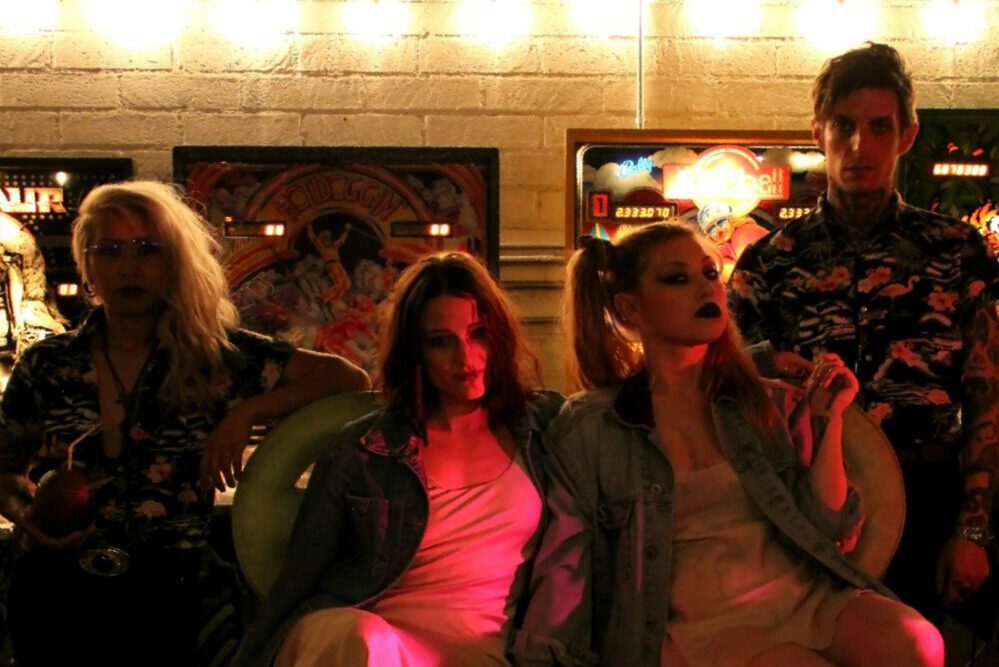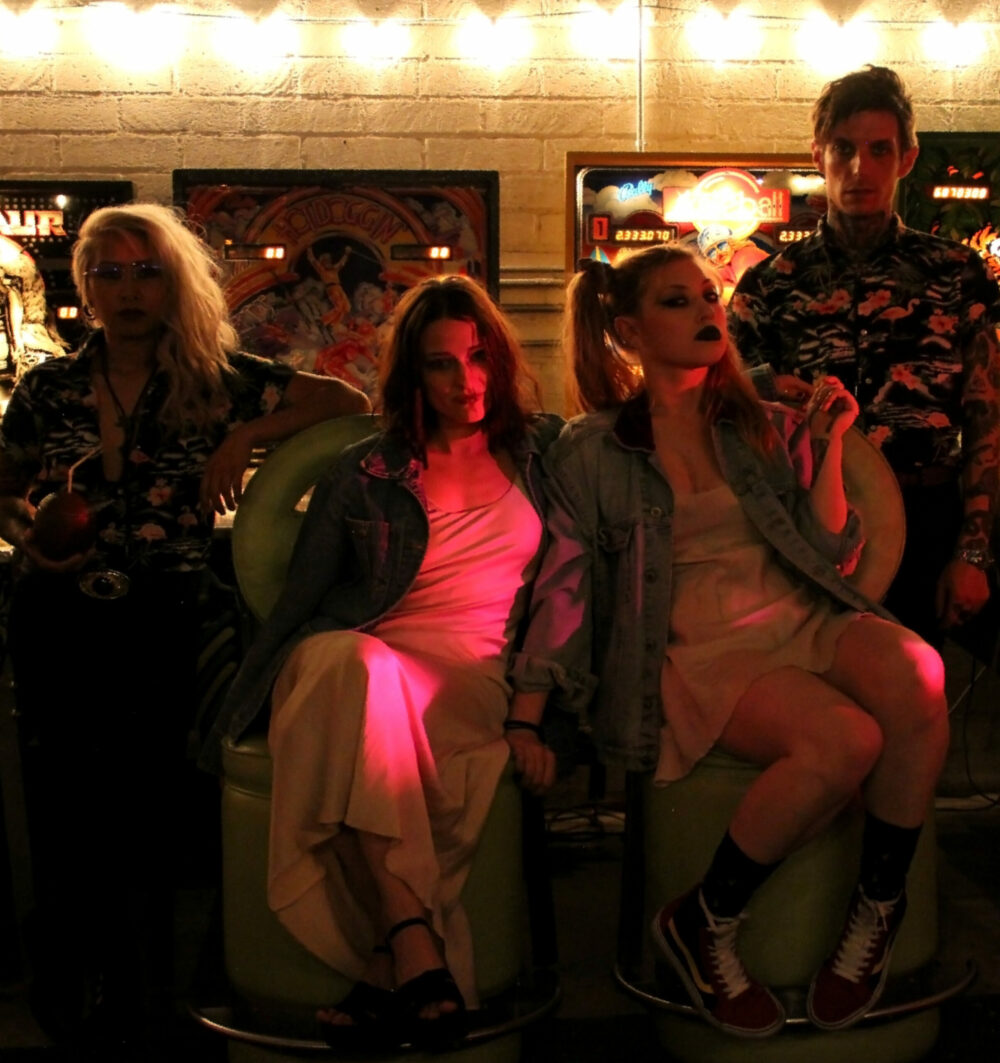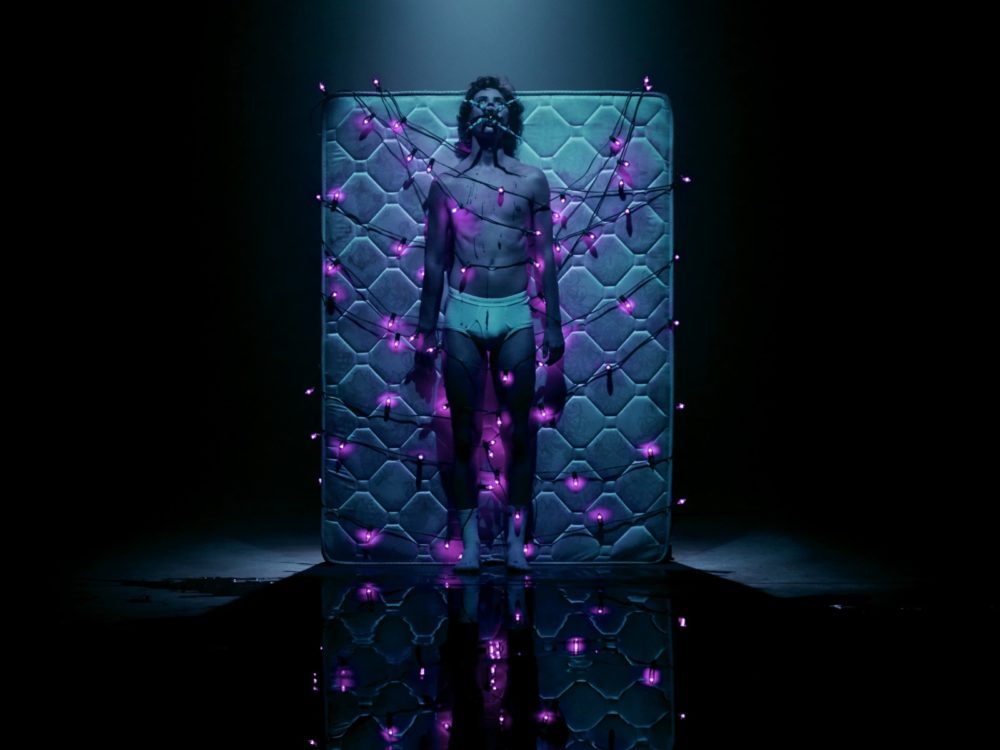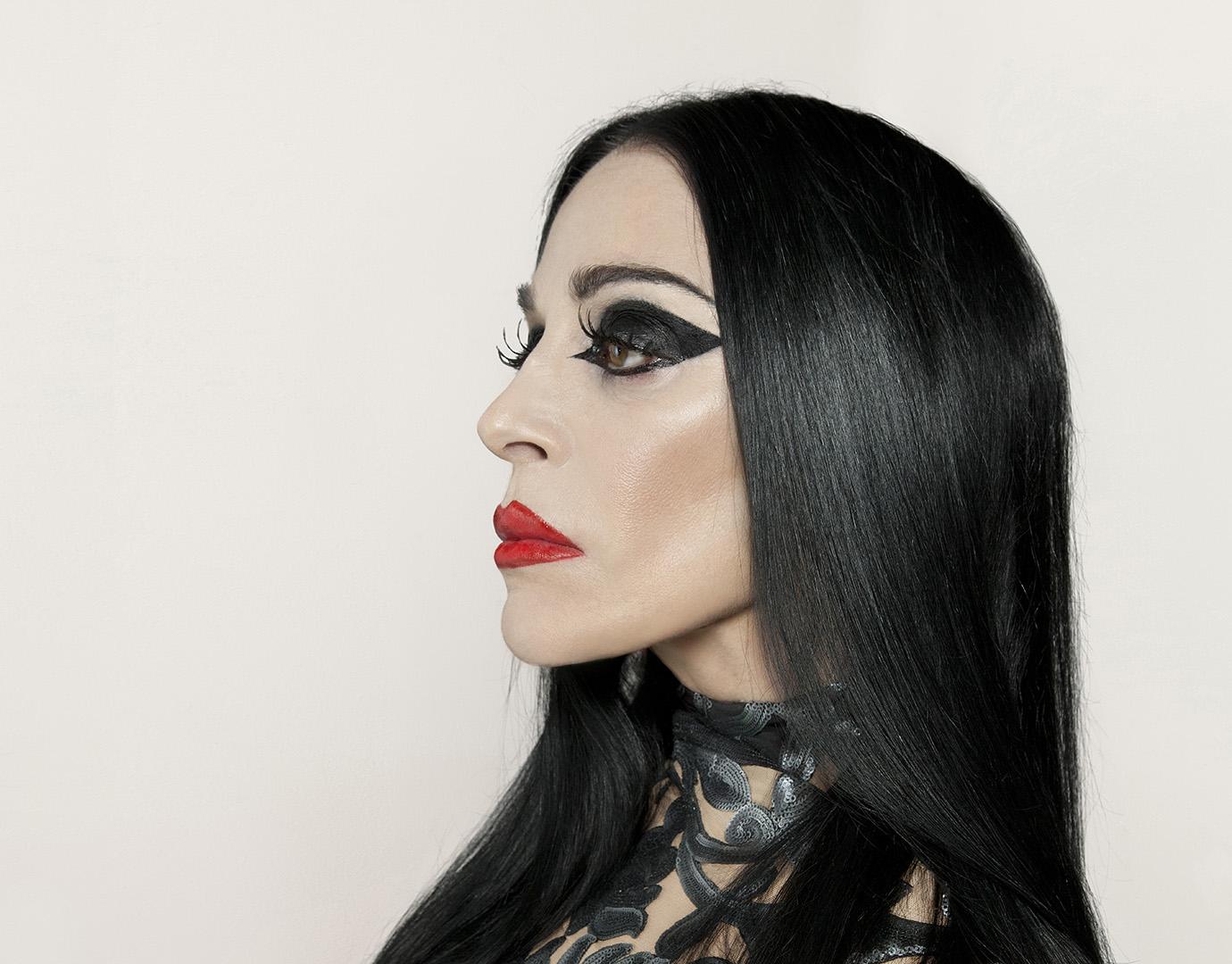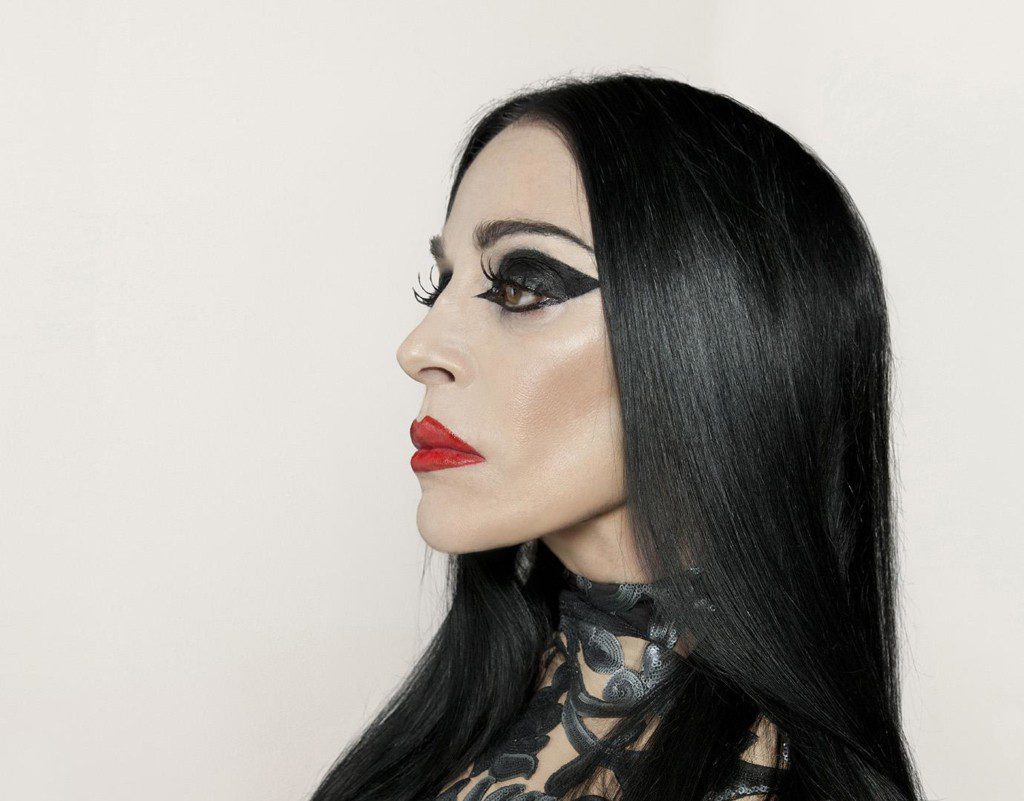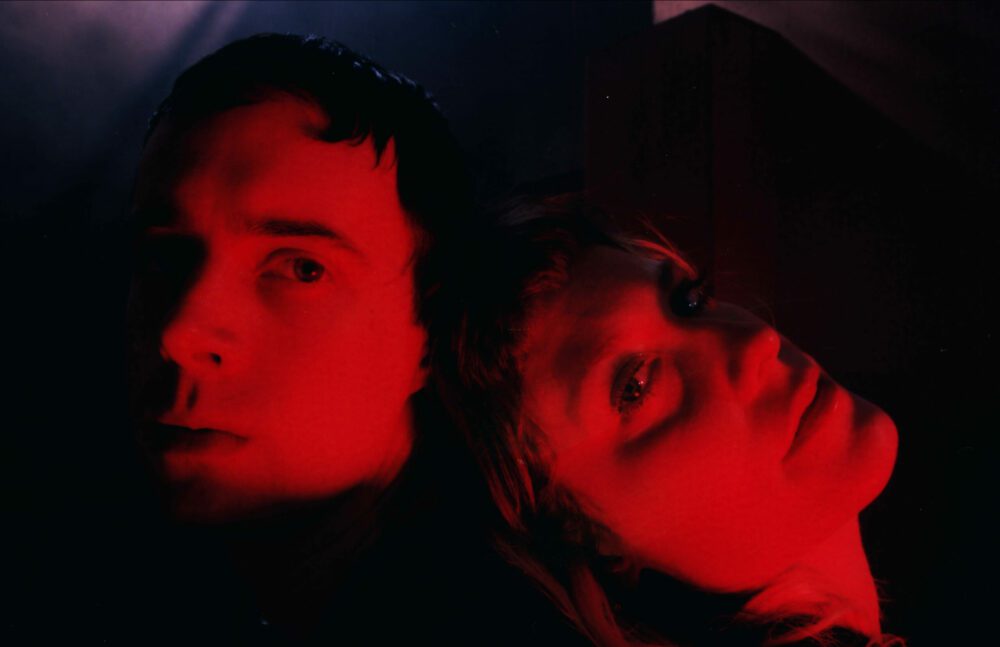

For Boy Harsher’s Jae Matthews and Augustus Muller, the release of the band’s new film The Runner on January 16 is the culmination of ideas and characters that have been taking shape in their world for a long time. “A lot of the characters that we featured in The Runner have been these reoccurring characters that, truly, we’ve been exploring since the beginning, even before Boy Harsher,” says vocalist/lyricist Matthews on a recent video call, mentioning that one character, the Desperate Man, had appeared in a short film that Muller made about a decade ago.
“I think that, what happened here, is that it was a new way for us to explore characters and their particular themes that we’ve been breaking down within our music over the last couple years,” she says.
The Runner came into existence as a result of the COVID-19 pandemic. “We were getting a lot of interest in doing a livestream, but we couldn’t figure out a way to make a livestream make sense for us,” says Matthews, who began envisioning the sinister titular character following an MS diagnosis. The film itself is now screening in select theaters and streaming via Shudder (North America, the UK, Ireland, Australia, New Zealand) and Mandolin (rest of the world).
The accompanying soundtrack, released January 21, stands out for its mix of dark synthpop and dance tracks, like singles “Give Me a Reason” and “Machina,” that intertwine with cinematic pieces, like “The Ride Home” and “Untitled (Piano).” Muller estimates that about five of the eight songs on the accompanying soundtrack were written prior to the film. “That was sort of a product of COVID and us not being the most creative people during that, but trying to find some way to stay motivated,” he says.
Having made the bulk of the music first presented interesting creative challenges for the duo. “I think the music was another parameter that we knew that we had to adhere to when we were creating the film,” says Matthews. “In a literal sense, there are certain scenes where we had to time each shot to make sure that it would fit. In more of an emotional and creative sense, we had these pieces that we knew that we really wanted to honor.”
An example of that is “Machina,” with Mariana Saldaña from Boan on vocals. The segment featuring the dance floor banger, with its nods to ‘80s styles like freestyle and hiNRG, features Saldaña performing through a television set, a nod to the history of artists performing on TV.
“That was a song that I was working on for a solo record that’s never going to see the light of day. Early COVID, working on some music, working on some different vocal features,” says Muller. “We wrapped that song up and took a step back and said this just sounds like a Boy Harsher song with a different vocalist. It was sort of confusing and that’s where the soundtrack idea came from, as a way to tie these vocal features in, to motivate them.”
While the “Machina” segment was filmed in Los Angeles, and portions of The Runner were shot in a New Jersey studio, much of it was shot in Massachusetts, where Boy Harsher is based. “Like many small projects, we didn’t have a ton of money and we didn’t have a ton of time,” says Matthews. “Unfortunately, we didn’t really have a ton of prep time, but we did the best we could in pre-production and, when we got on set, it was just this combination of being steadfast in what we wanted and what we needed to achieve and then having a super diligent crew that also totally believed in the film.”
Filming commenced in July, on an unusually cold and rainy weekend that ultimately added to the film’s aesthetic. “This crazy storm that hit that whole weekend, that gave us this incredibly stubborn fog, which also worked in our favor and made all the exteriors quite beautiful,” says Matthews.
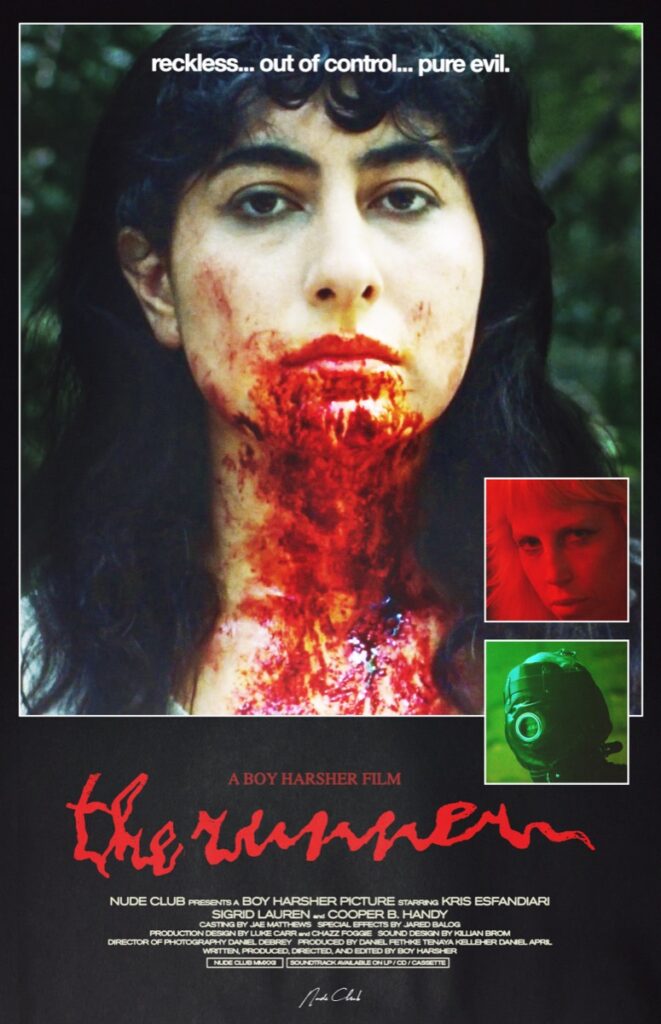
“When we were planning this thing, we were definitely picturing blue skies and oppressive heat,” adds Muller. “That’s how we were writing. When we got up to the mountain and it was cold and cloudy, it was definitely a surprise for us, but a good surprise.”
A tour coinciding with the release of the film and soundtrack has been postponed until the spring. Meanwhile, the duo is preparing to work on their next album. A possible result of that, Matthews says, is that they might have new material ready when they do hit the road. “I think that would be one of the silver linings because there would be nothing better, at least for us, than playing unfinished tracks live because then you really, really understand them,” she says. “You can see what people like, what makes people move. What connects with people and what’s not working.”
Road-testing new music, Matthews adds, was an advantage they had with previous Boy Harsher albums. “We were blessed to be able to have that process, to test all the songs live before we rewrote them and recorded them,” she says. “Maybe we’ll be able to embrace that a little more this time too.”
Follow Boy Harsher on Instagram and Facebook for ongoing updates.

